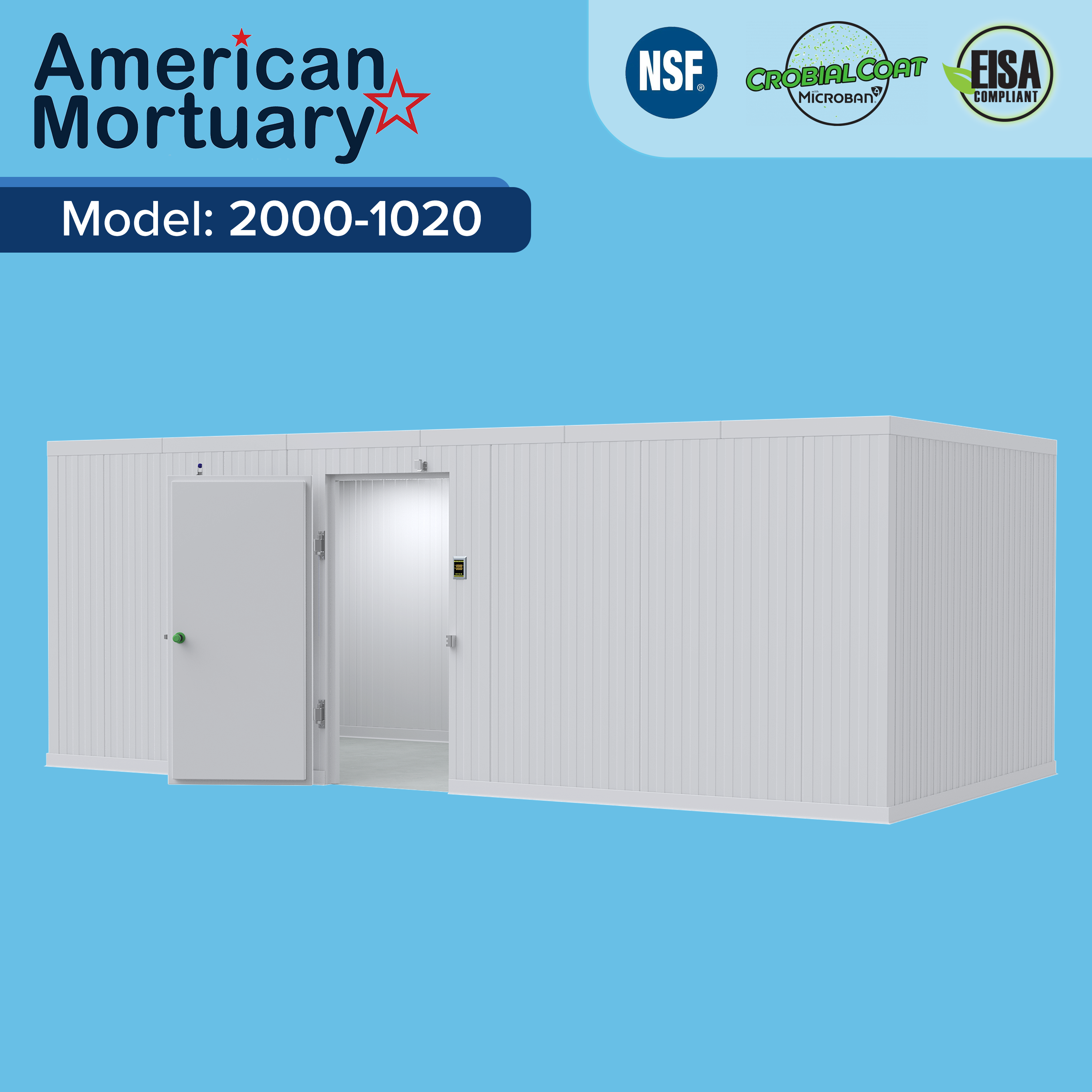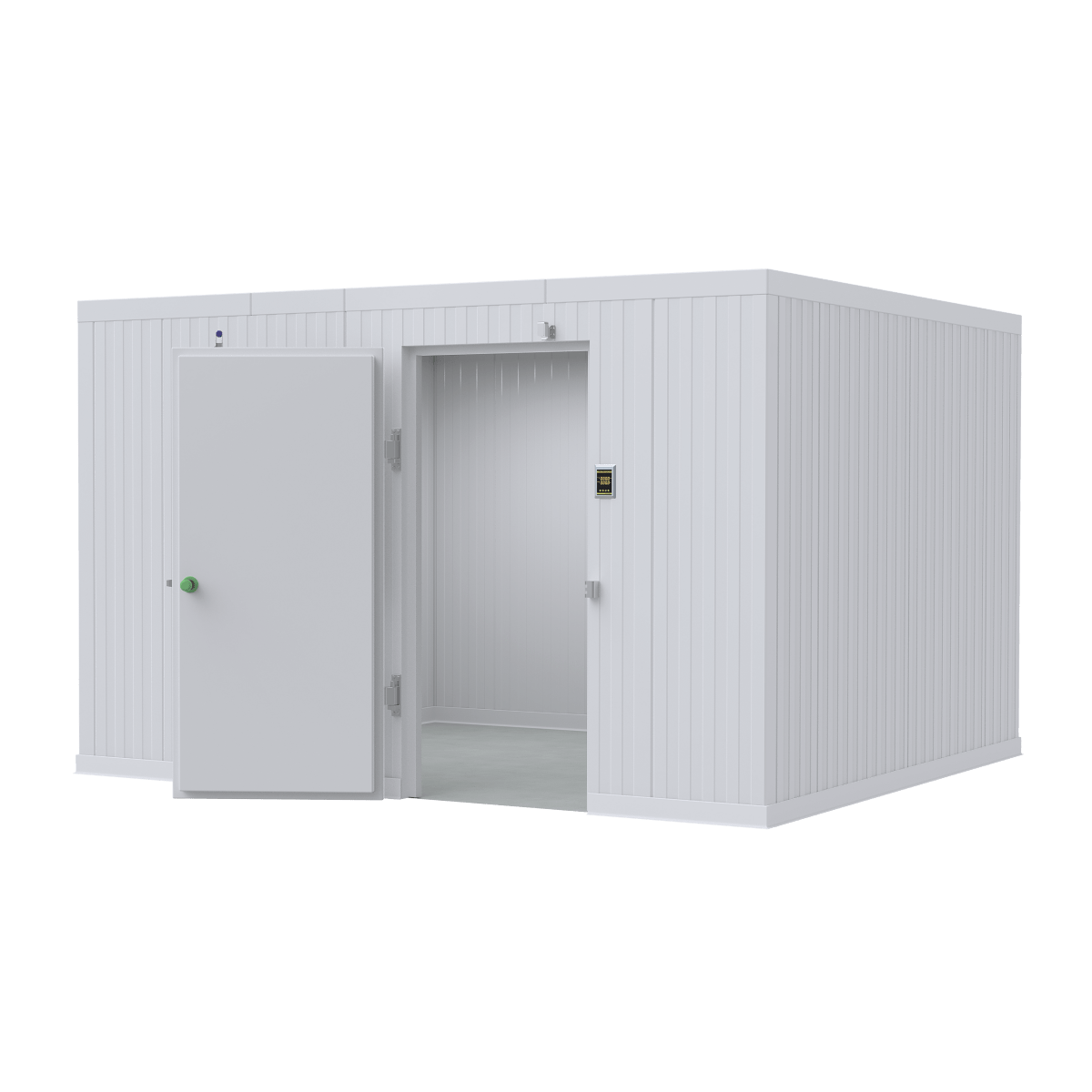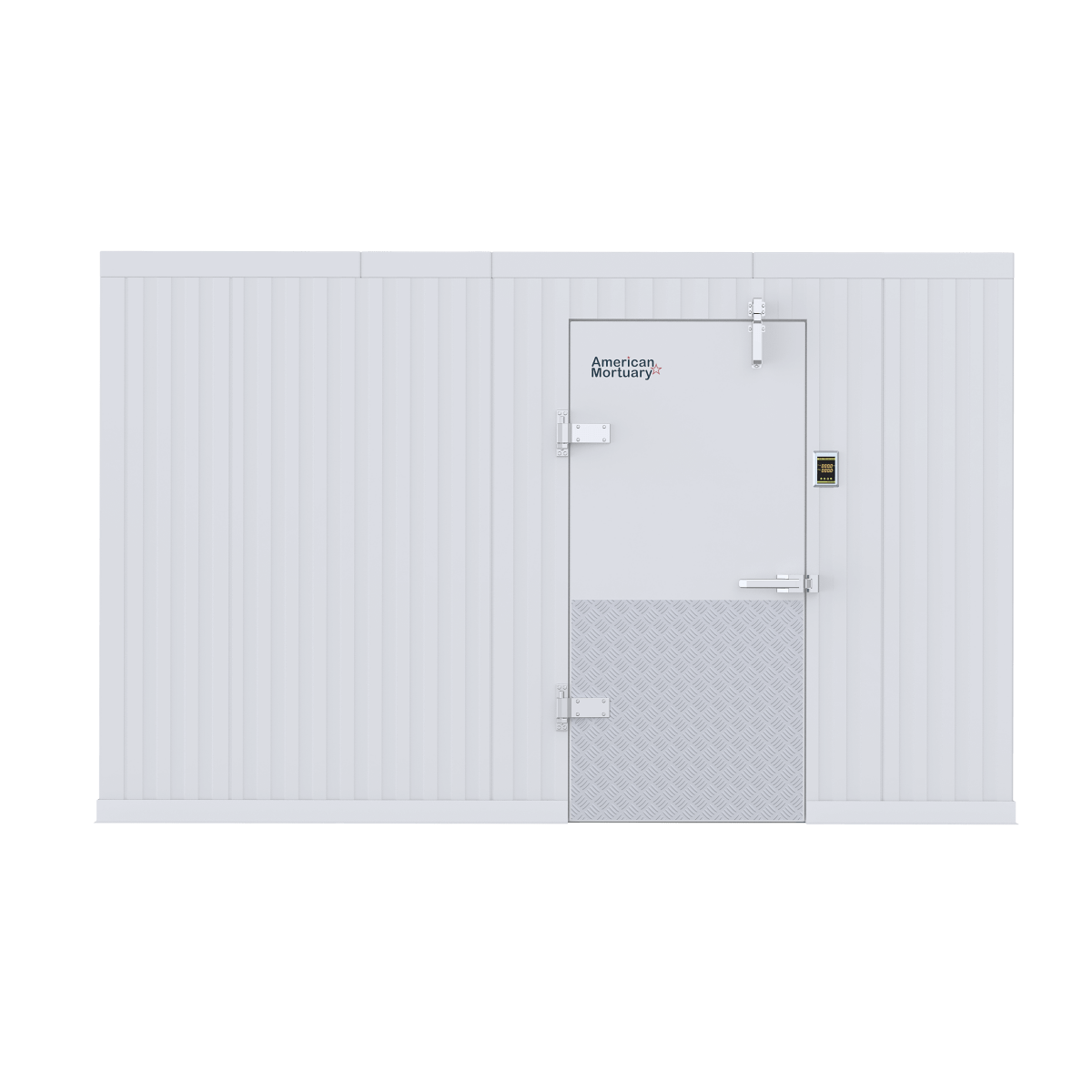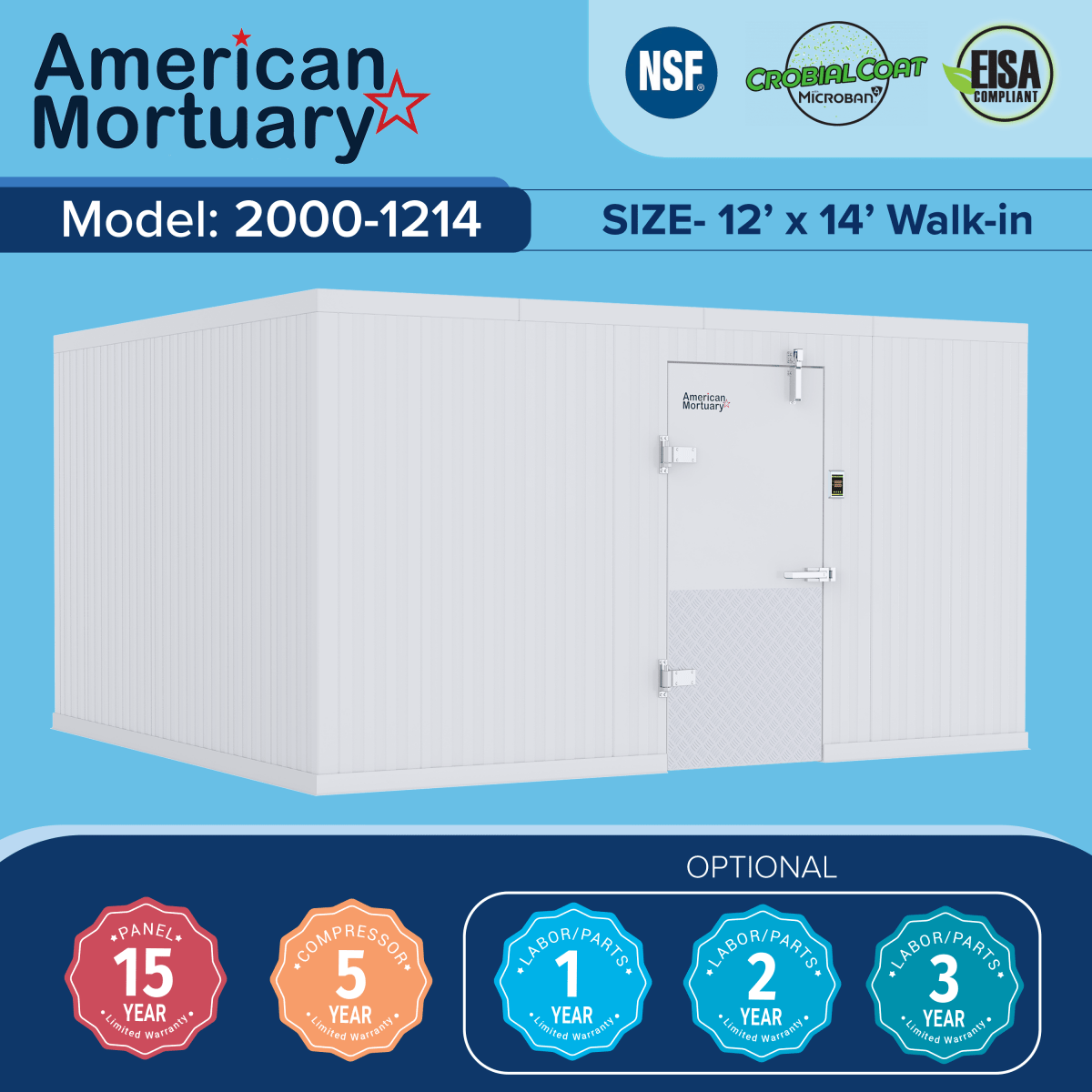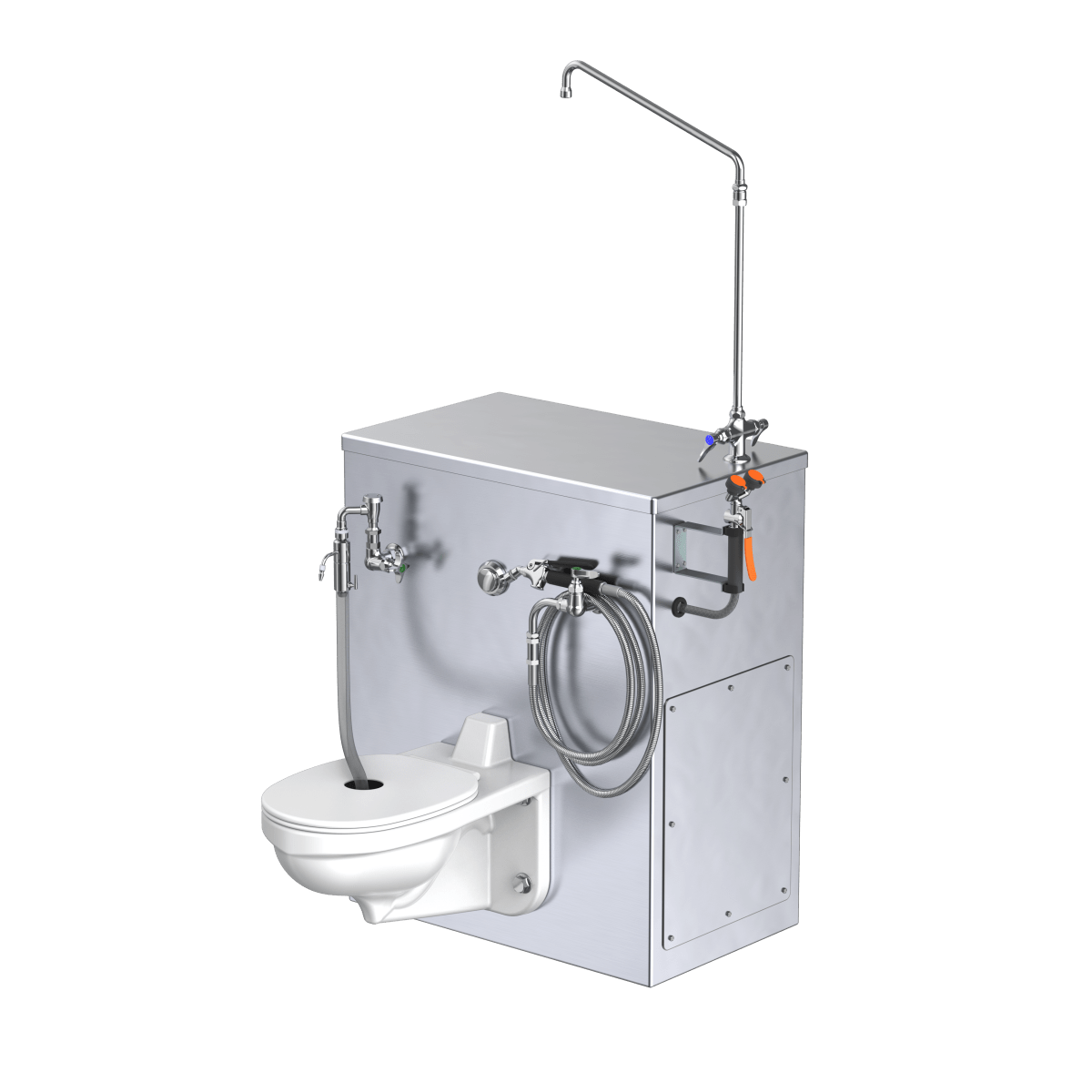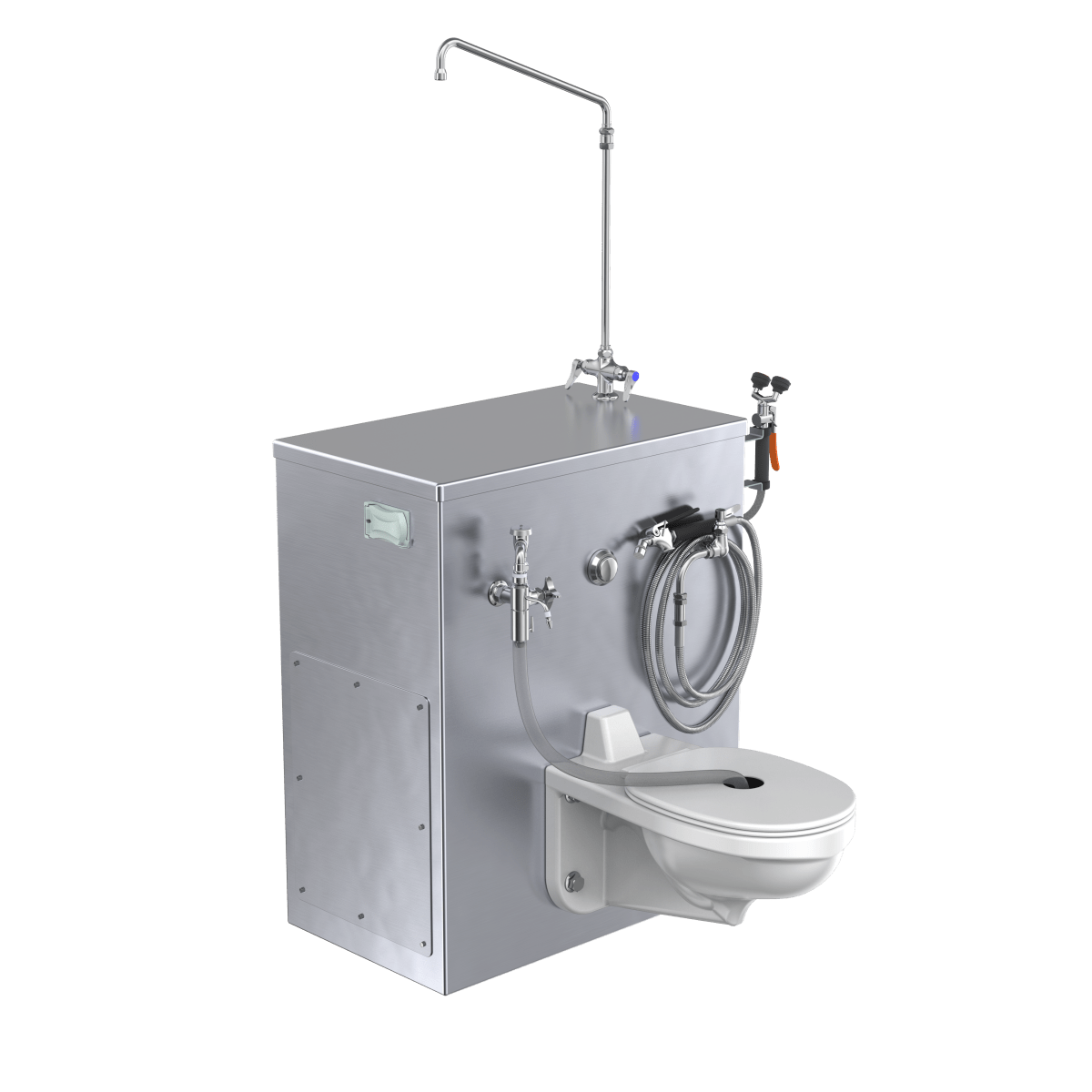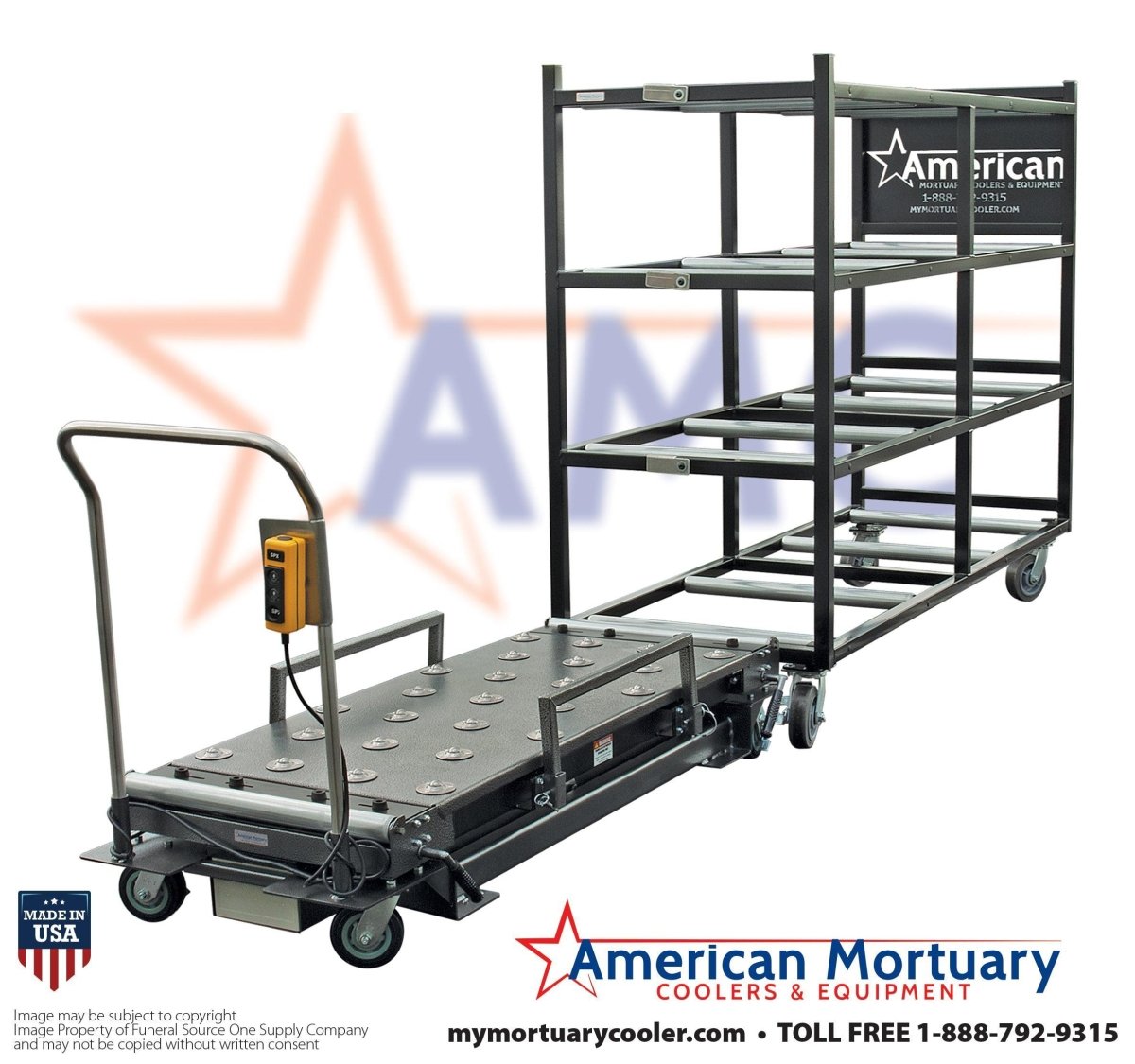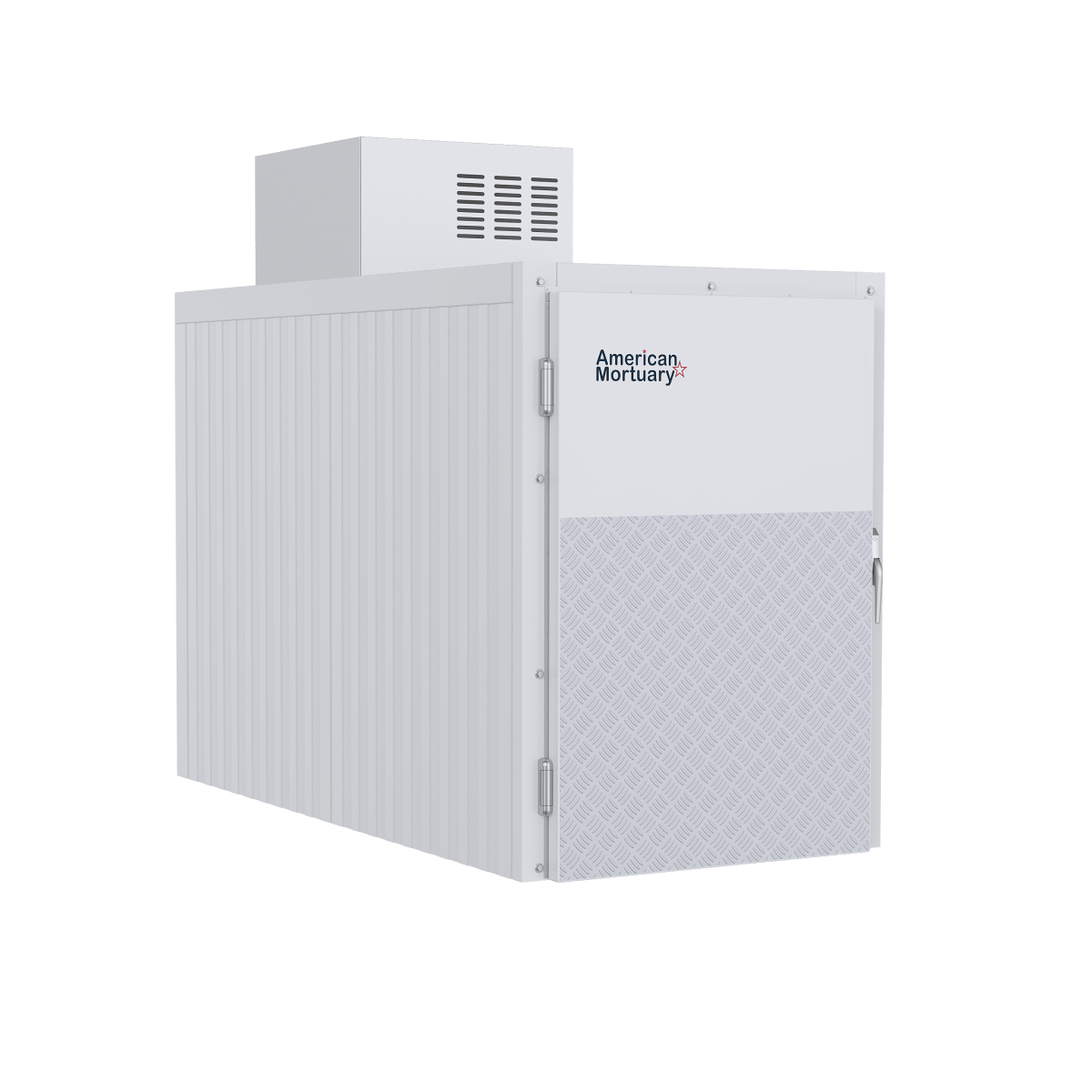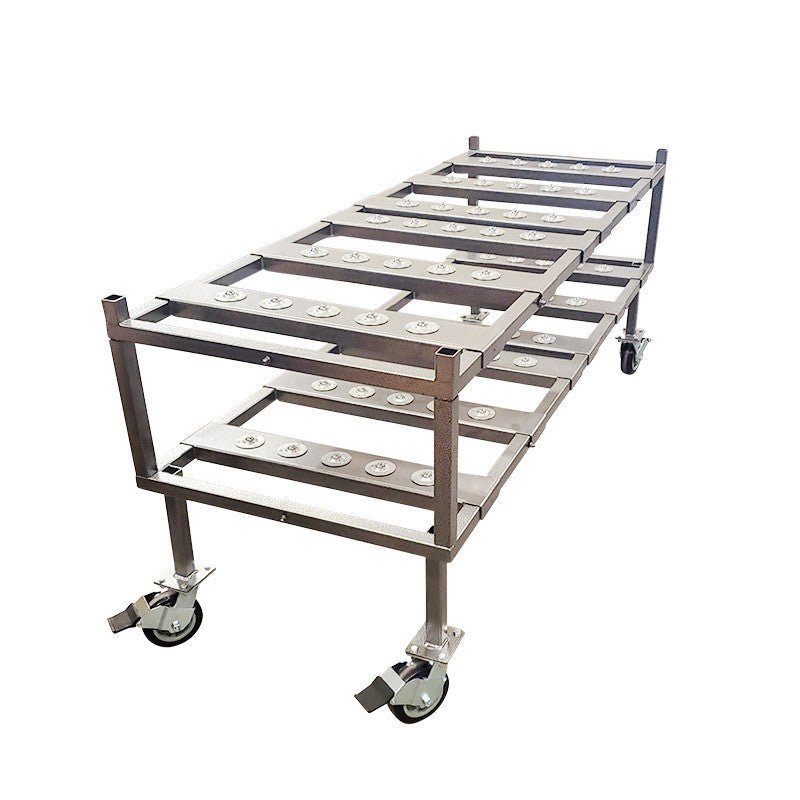Why Choosing the Right Burial Urn Matters for Your Funeral Home
Urns for human ashes for burial require careful selection to meet cemetery regulations, family preferences, and long-term durability needs. Unlike display urns meant for mantels or shelves, burial urns must withstand underground conditions while providing families with a dignified final resting place.
Quick Selection Guide for Burial Urns:
- Material: Choose cultured marble, metal, or biodegradable options based on cemetery vault requirements
- Size: Use the 1 pound body weight = 1 cubic inch capacity rule (200 lb person needs ~210 cubic inches)
- Vault Compatibility: Most cemeteries require non-biodegradable urns to be placed in protective vaults
- Personalization: Consider engraving, photo plates, or custom designs to honor the deceased
- Budget: Expect $35-$200 for urns, plus $150-$450 for vaults when required
The cremation industry has grown significantly, with over 60% of Americans now choosing cremation. This shift means funeral directors need reliable knowledge about burial urns to guide grieving families through their options while ensuring compliance with local cemetery regulations.
As professionals at American Mortuary Coolers, we've worked extensively with funeral homes nationwide, helping directors understand the technical requirements and practical considerations for urns for human ashes for burial. Our experience in mortuary equipment has shown us how the right burial urn selection can streamline operations while providing families the peace of mind they deserve.

What Is a Burial Urn and How Does It Differ From Display Urns?
Think of urns for human ashes for burial as the difference between a beautiful china teacup and a sturdy camping mug. Both serve their purpose, but one's built for gentle handling at home while the other needs to withstand the elements.
A burial urn is specifically engineered to hold cremated remains for permanent placement underground or in columbarium walls. These urns face challenges that display urns never encounter - constant moisture, shifting soil, temperature swings from freezing winters to scorching summers, and the weight of earth pressing down from above.
Display urns, on the other hand, prioritize beauty over durability. They're designed to sit gracefully on mantels or memorial shelves, where their main job is looking dignified while staying safe from the weather.
Here's where things get interesting: most cemeteries require burial urns to be placed inside protective vaults. Think of these vaults as underground safety deposit boxes that shield the urn from soil pressure and water damage. Without this protection, even the sturdiest urn could eventually crack under the weight of several feet of earth.
The permanence factor makes burial urn selection crucial. When families choose ground burial, they're committing to that specific location for generations to come. This isn't like scattering ashes or keeping an urn at home where changes are possible - it's a permanent decision that requires getting the details right the first time.
Key Parts of an Urn Vault System
An urn vault works like a protective shell system with three main components working together. The vault shell forms the sturdy foundation, usually crafted from concrete, high-grade polymer, or cultured marble that won't crack under pressure.
The sealing lid creates the crucial top barrier, designed to fit precisely with the shell. Most importantly, rubber gaskets run along the sealing edges to create that watertight protection that keeps moisture out year after year.
Cemetery mandates drive most vault requirements, and for good reason. We've seen what happens when unprotected urns collapse underground - dangerous sinkholes can form in burial grounds, creating safety hazards for visitors and maintenance crews. The vault system distributes soil weight evenly, keeping the ground stable and level.
Primary Uses for Urns for Human Ashes for Burial
Family burial plots remain the most traditional choice for burial urns. These dedicated spaces often serve multiple generations, with grandparents, parents, and sometimes children all resting in the same area.
Columbarium niches offer a space-efficient alternative, especially popular in urban areas where ground burial plots command premium prices. These above-ground structures house urns in individual compartments, typically measuring around 12 inches in each direction.
Green burial sites represent the fastest-growing segment of the burial market. These environmentally-focused locations require biodegradable urns that naturally decompose over time, allowing the cremated remains to return to the earth.
Materials, Sizes & Styles: Building Blocks of the Perfect Resting Place
Choosing the right material for urns for human ashes for burial can feel overwhelming, but understanding your options makes the decision much clearer. Each material brings unique benefits and considerations that affect both durability and cost.
Wood urns offer natural warmth and beauty that many families find comforting. Hardwoods like oak and cherry provide better longevity than softwoods, but even the sturdiest wooden urns need vault protection when buried. Scientific research on material degradation shows that moisture is wood's biggest enemy underground, which is why most cemeteries require these urns to be placed in protective vaults.
Metal urns deliver exceptional durability for burial applications. Brass, bronze, and stainless steel resist corrosion beautifully and maintain their structural integrity under soil pressure for decades. Aluminum urns offer a lighter-weight alternative while still providing solid protection for cremated remains.
Marble and stone urns represent the premium choice for families wanting the ultimate in longevity. Cultured marble combines natural stone particles with resins, creating incredibly durable urns that often don't require vault protection. Genuine marble and granite provide exceptional permanence, though they come with higher costs and weight considerations.

Biodegradable urns serve families seeking environmentally conscious burial options. Materials include salt, paper, cornstarch, and even recycled newspapers. These urns intentionally decompose over time, allowing ashes to return to the earth naturally.
Recycled plastic urns offer an interesting middle ground. They provide durability comparable to traditional materials while supporting environmental sustainability through material reuse.
Measuring Ashes & Matching Capacity
Getting the urn size right matters more than most people realize. Cremated remains typically weigh about 3.5% of the person's original body weight. For a 200-pound person, expect approximately 7 pounds of ashes.
The industry follows a simple rule: 1 pound of body weight equals 1 cubic inch of urn capacity. This means a 200-pound person requires roughly 200-210 cubic inches of urn capacity.
Adult urns typically range from 180-220 cubic inches, while extra-large options accommodate individuals over 250 pounds. Child urns require different sizing considerations, typically ranging from 50-150 cubic inches depending on age and size.
Keepsake urns hold small portions of ashes for family members who want to divide remains. These typically range from 3-50 cubic inches and allow multiple family members to maintain personal memorials while still conducting a primary burial.
Companion urns accommodate two sets of ashes in a single container. These larger urns typically hold 350-400 cubic inches and feature either divided compartments or single chambers for commingled ashes.
Design Trends in Burial Urns
Today's burial urn designs reflect changing family preferences and cultural shifts. Classic vase designs remain popular, offering timeless elegance that appeals to traditional families.
Photo frame urns incorporate memorial photographs directly into the urn design, allowing families to personalize the memorial with images of their loved one. Advanced UV printing technology ensures these photos remain vibrant even in burial environments.
Military-themed urns honor veterans with patriotic designs, service branch emblems, and flag motifs. These specialized urns often include space for military honors, medals, or service documentation alongside the cremated remains.
Religious urns feature crosses, stars of David, crescents, and other faith-based symbols. These designs provide comfort to families by incorporating their spiritual beliefs into the memorial process.
Modern minimalist designs appeal to contemporary families seeking clean, unadorned aesthetics. These urns focus on material quality and craftsmanship rather than decorative elements.
Urns for Human Ashes for Burial: Main Types & Where They're Placed
When families choose cremation, they're not just selecting a process - they're beginning a journey toward finding the perfect final resting place. Urns for human ashes for burial come in several distinct types, each designed for specific burial environments and family preferences.
The location where you'll place the urn determines almost everything about your selection. Ground burial requires completely different considerations than columbarium placement, and eco-friendly options open up entirely new possibilities for families who want their loved one to return to nature.
Ground burial remains the most traditional choice, where urns are placed directly in cemetery plots, usually within protective vaults. Niche and columbarium placement offers an above-ground alternative that works well in urban areas where space is limited.

Water-soluble urns serve families planning ocean or lake ceremonies, dissolving completely within hours of water contact. These specialized containers use materials like compressed salt or biodegradable paper that break down naturally without harming marine environments.
The newest innovation in burial urns comes from the eco-friendly movement. Eco pods and tree urns transform burial sites into living memorials, incorporating seeds that grow as the urn decomposes.
Ground-Burial Urns for Human Ashes for Burial
Underground burial puts urns through the ultimate durability test. Soil pressure, moisture, and temperature changes challenge even the strongest materials over decades. That's why thick-walled metal urns like bronze and brass remain popular choices for ground burial - they develop beautiful natural patinas while maintaining their structural integrity.
Granite urns represent the premium option for families wanting maximum longevity. These natural stone containers resist virtually all weathering, though their considerable weight requires extra care during burial procedures.
Vault compatibility becomes crucial when selecting ground burial urns. Most cemeteries require non-biodegradable urns to be placed in protective vaults to prevent ground settling. Always verify vault dimensions before finalizing your urn selection.
Modern ground burial urns often include security features like threaded lids and tamper-resistant closures. These additions provide families with confidence that their loved one's remains stay secure.
Columbarium-Ready Urns for Human Ashes for Burial
Columbarium placement creates unique challenges that don't exist with ground burial. Space limitations in niches require precise measurements - standard niches typically measure 12" x 12" x 12", though dimensions vary significantly between facilities. Rectangular urns often maximize space utilization better than traditional round designs.
The visual aspect matters more in columbariums since the urns remain visible to visitors. Engraved fronts allow for meaningful personalization while maintaining the facility's overall aesthetic standards.
Some facilities have venting rules that require urns with pressure-relief features to prevent gas buildup. Weight considerations also matter since maintenance staff must handle these containers during placement.
Eco-Friendly Urns for Human Ashes for Burial
Environmental consciousness has revolutionized burial urn options. Salt urns provide the most complete biodegradation, dissolving entirely in soil moisture within 6-12 months depending on local conditions.
Tree pods represent perhaps the most meaningful eco-friendly option. These innovative urns incorporate oak, maple, or pine seeds directly into their design. As the container decomposes, it nourishes the growing plant, creating a living memorial that families can visit for generations.
Sand cast urns use natural materials and binding agents that gradually break down in soil. Many feature beautiful textures and can incorporate decorative elements like shells or local stones. Seed-embedded urns take this concept further by containing wildflower or grass seeds that create seasonal memorial gardens.
How to Plan and Perform an Urn Burial
Planning an urn burial requires careful attention to legal requirements and practical details that ensure everything proceeds smoothly on burial day. The process begins with gathering essential documentation - you'll need the death certificate and proper burial permits from local authorities.
Your cemetery contract serves as the roadmap for the entire burial process. This document outlines specific requirements for vault types, urn materials, and ongoing maintenance responsibilities. Some cemeteries are quite particular about what they allow, so take time to review these details carefully.

Grave liner specifications might seem like technical details, but they're crucial for long-term site stability. These concrete or polymer shells provide the foundation that supports urn vaults while preventing ground settling.
The actual burial process uses lowering devices to safely place urns for human ashes for burial and their vaults into the ground. These mechanical systems ensure dignified placement while protecting the urn from damage.
Delivery lead-times can impact your burial schedule, especially if you're ordering custom or engraved urns. Standard urns typically ship within a few business days, but personalized options often require one to two weeks for completion.
Personalization & Engraving Options
Laser text engraving has revolutionized urn personalization, offering precise, durable results on virtually any material. Modern laser systems can create everything from simple text to intricate designs and even photographic images on metal, stone, and wood surfaces.
Photo plates provide an excellent alternative when direct engraving isn't practical for your chosen urn material. These ceramic or metal plates feature permanent photo reproduction that won't fade over time.
For those seeking artistic touches, 3-D carving creates dimensional memorial elements that add depth and visual interest to stone and wood urns. Skilled artisans can craft religious symbols, nature scenes, or imagery related to the deceased's hobbies and interests.
Military service emblems deserve special mention for honoring our veterans. These specialized engravings include official service branch insignia, unit patches, rank indicators, and service dates.
Budgeting: Average Costs of Urns & Vaults
Understanding burial urn costs helps families make informed decisions during difficult times. Basic urns start around $35 for simple designs in materials like basic wood or ceramic, while premium options can exceed $200 when you choose materials like bronze, marble, or include extensive customization.

Vault costs add $150-$450 to your burial expenses, depending on the material and size you choose. Concrete vaults represent the most economical option for meeting cemetery requirements, while cultured marble and bronze vaults command premium prices.
Engraving fees typically range from $25-$80, with simple text costing less than photographic reproduction or intricate artistic designs. Rush engraving services often carry substantial surcharges of 50-100%, so plan ahead when possible.
Don't forget about freight fees, especially for heavy stone or metal urns. Standard ground shipping usually runs $15-$35, while expedited delivery can cost $50-$100 or more.
Buying Online & Shipping Regulations
The choice between overnight versus economy shipping affects both your budget and peace of mind. Economy shipping typically takes 3-7 business days and costs $15-$25, while overnight delivery ranges from $50-$100 but guarantees next-day arrival when you're working with tight timelines.
TSA guidelines become important if you're flying with cremated remains or urns. Wood and biodegradable urns pass through X-ray screening without issues, while metal urns may require physical inspection by security personnel.
Many suppliers offer "funeral home" delivery options that ship directly to funeral establishments rather than family residences. This service helps coordinate burial timing while ensuring professional handling of these sensitive materials.
Return policies vary dramatically among urn suppliers, and this is one area where you want clarity upfront. Some companies offer 30-day satisfaction guarantees, while others maintain strict no-return policies due to the personalized nature of memorial products.
At American Mortuary Coolers, our experience with reliable delivery across the contiguous 48 states has taught us the importance of dependable service when time matters most. While we specialize in mortuary coolers, we understand how crucial timing is for all funeral-related equipment and supplies.
Frequently Asked Questions about Urns for Burial
When families face the difficult task of selecting urns for human ashes for burial, they often have practical questions that need clear answers. As professionals who work with funeral homes across the country, we've heard these same concerns countless times. Let's address the most common questions to help you guide families through this important decision.
Do I always need an urn vault for burial?
The short answer is: it depends on your cemetery and the type of urn you choose. Most traditional cemeteries require vaults for non-biodegradable urns, and there's a good reason for this policy. Without proper protection, soil pressure can crush even sturdy urns over time, creating dangerous depressions in the ground that could cause someone to trip or fall.
Think of an urn vault as insurance for the burial site. It distributes the weight of the soil evenly, protecting both the urn and maintaining the cemetery's landscape integrity. Cemetery maintenance crews appreciate this too - it prevents costly repairs and keeps the grounds safe for visitors.
Green burial sites tell a different story entirely. These environmentally focused cemeteries often prohibit vaults because they want everything to return to the earth naturally. The whole point is to let nature take its course without interference from concrete or polymer barriers.
Here's what we've learned from working with funeral directors nationwide: always call the cemetery first. Some require vaults for every burial, while others make exceptions for certain materials. Getting this information upfront saves families from expensive surprises later.
Can one urn hold two sets of ashes (companion burial)?
Absolutely, and companion urns have become increasingly popular among couples who want to share their final resting place. These double-capacity urns typically hold 350-400 cubic inches - roughly twice the size of a standard adult urn. It's a beautiful way for couples to remain together after death.
You'll find two main styles when shopping for companion urns. Divided compartments keep each person's ashes separate, which some families prefer for religious or personal reasons. Single-chamber designs allow the ashes to mingle together, symbolizing the unity the couple shared in life.
The practical side matters too. Companion urns are significantly larger and heavier than standard urns, so they need bigger burial plots and sometimes special handling equipment. We've seen funeral homes run into issues when cemetery plots weren't large enough for companion urns, so double-check those dimensions before making promises to families.
Some cemeteries charge extra fees for oversized urns, while others include companion burials in their standard pricing. It's another detail worth confirming during the planning process.
How do I know the urn is truly biodegradable?
This question has become more important as families increasingly choose eco-friendly burial options. Unfortunately, not all "biodegradable" urns live up to their claims, so you need to know what to look for.
Green Burial Council approval represents the gold standard for biodegradable urns. This organization puts products through rigorous testing to verify they actually decompose as promised. If you see their certification, you can trust the urn will break down naturally in soil.
ASTM D6400 certification is another reliable indicator. This standard was originally developed for commercial composting, but it applies well to burial situations. Products with this certification have been scientifically tested to ensure complete biodegradation.
Smart manufacturers back up their claims with specific timelines and warranties. Look for companies that guarantee their urns will decompose within 6 months to 5 years, depending on the materials used. These warranties give families legal recourse if the urn doesn't perform as expected.
Pay attention to the fine print too. Some urns claim to be biodegradable but contain metal screws, synthetic glues, or plastic decorative elements that will persist in the soil long after the main body decomposes. Truly biodegradable urns use only natural materials throughout their construction.
When in doubt, ask for independent laboratory testing results. Reputable manufacturers have this documentation and will share it with funeral professionals who request it. This scientific backing becomes especially important when cemetery policies require certified biodegradable materials.
At American Mortuary Coolers, we've seen how the right information helps funeral directors serve families better. Just like choosing the right mortuary equipment affects your daily operations, selecting appropriate burial urns impacts family satisfaction and cemetery compliance for years to come.
Conclusion
Choosing the right urns for human ashes for burial is more than just picking a container - it's about creating a lasting tribute that honors your loved one while meeting all the practical requirements for a secure burial. The decisions you make today will protect and preserve those precious remains for generations to come.
The material you select becomes the foundation for everything else. Families wanting permanent protection often choose sturdy metal or stone urns paired with protective vaults, giving them confidence their loved one rests securely underground. On the other hand, families drawn to environmental harmony can select beautiful biodegradable options that gently return ashes to the earth over time.
Getting the size right matters too. That simple rule - one pound of body weight equals one cubic inch of capacity - takes the guesswork out of sizing. And for couples who've shared a lifetime together, companion urns offer a touching way to share their final resting place as well.
Personalization transforms a functional container into a meaningful memorial. Whether it's laser engraving of favorite quotes, photo plates capturing cherished memories, or custom designs reflecting hobbies and passions, these personal touches help tell the story of a life well-lived.
Budget planning helps families manage costs without added stress during an already difficult time. The urn price is just the beginning - vault fees, engraving costs, and shipping charges all add up. Planning ahead prevents surprises and allows families to focus on what really matters: honoring their loved one's memory.
At American Mortuary Coolers, we've spent years helping funeral professionals across the country serve families during their most challenging moments. Based here in Tennessee with delivery throughout the contiguous 48 states, we understand that quality equipment and expert guidance make all the difference when supporting grieving families.
The funeral industry's growing acceptance of cremation means understanding burial urns has become essential knowledge. When funeral directors master these details - from material properties to cemetery regulations - they can guide families with confidence and compassion, ensuring every burial meets both legal requirements and family wishes.
Secure, compliant burial truly starts with selecting the right urn. Whether families choose traditional materials for lasting permanence or eco-friendly options that nurture new life, the goal remains unchanged: creating a dignified resting place that brings peace of mind for years to come.
If you’re a funeral professional looking for dependable equipment and expert guidance, American Mortuary Coolers offers custom solutions to fit your requirements. Learn more about mortuary coolers and funeral equipment.



